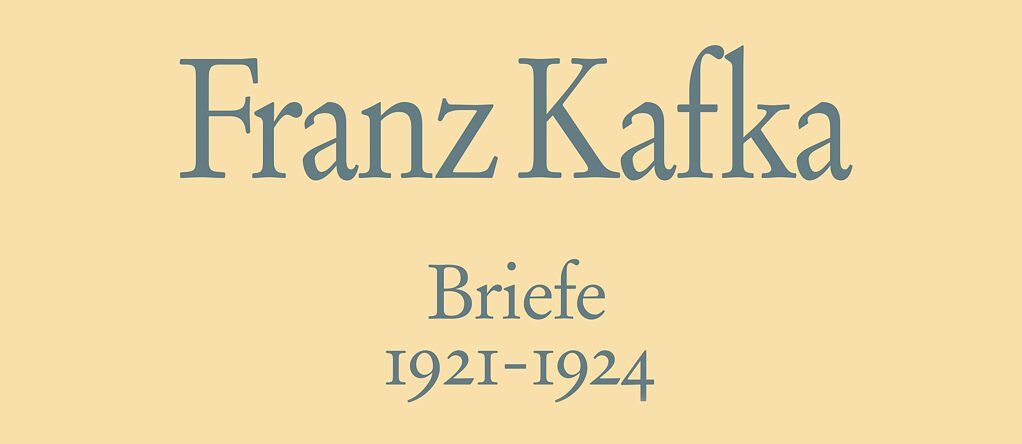
Program

Word of welcome by Huub van der Kolk, chairman of the Kafka-Circle
Recitation by actress Marjan Volbeda of texts by Dora Diamant, partner of Kafka during his last months in Berlin, 1923-24
Lecture by Niels Bokhove, Kafka expert and board member of the Kafka Circle, about „Die besitzlose Arbeiterschaft“ (1918), a design for an alternative society, unique in Kafka's oeuvre and still relevant today (with images).
Intermission
Lecture by Hans-Gerd Koch, highly esteemed Kafka scholar and editor of the critical Kafka edition, about the fifth and final volume (1921-24) of the edition of Kafka's correspondence with supplement
Recitation by actor Michiel Bijmans of texts Kafka wrote in Berlin in 1923-24
Admission free
Kafka's topicality in 2024 can be interpreted in two ways: what is the significance of his work for today and what is the current status of the „Kritische Ausgabe“ of his work? Both topics will be discussed during this symposium „Kafka Actual 1“. In one lecture, Hans-Gerd Koch brings the latest news about the fifth and final part of the „Kritische Ausgabe, Kafka's correspondence 1921-1924“ and about the search for Kafka documents seized by the Gestapo in 1933. In the second lecture Niels Bokhove discusses Kafka's almost unknown text „Die besitzlose Arbeiterschaft“ and its current meaning.
 Postcard Zürau
Postcard Zürau
334 letters from the last years of Franz Kafkas life until his death in 1924, carefully annotated, together with additions and corrections from the earlier years, are collected in the last part of the edition. It contains 21 letters published here for the first time, as well as 52 letters to Kafka and 27 letters from his companions in the last weeks of his life, Dora Diamant and Robert Klopstock, to Kafka's family. In addition, the ‘Gesprächsblätter, on which Kafka wrote down his questions and answers after the doctors no longer allowed him to speak, have been included in their entirety for the first time. The health problems overshadow the correspondence, as does the eternal struggle for a successful life between fulfilling his duties, his literary vocation and his late luck in love. Nowhere does one come so close to what Kafka wanted to communicate and the form he was looking for as in the letters, and one penetrates deeply into his personal connections and dialogical thinking.
At the end of his eight-month stay with his sister Ottla in the village of Zürau in the spring of 1918, Kafka wrote notes for 'Die besitzlose Arbeiterschaft', a design sketch for an ideal small community. It is clearly unfinished, partly unstructured and seems very isolated within his entire oeuvre. On closer inspection, connections can indeed be made with that oeuvre and also with his life and person. Moreover, a current meaning can be attributed to it.
Organized by Kafka-Kring in cooperation with the Goethe-Institute Amsterdam